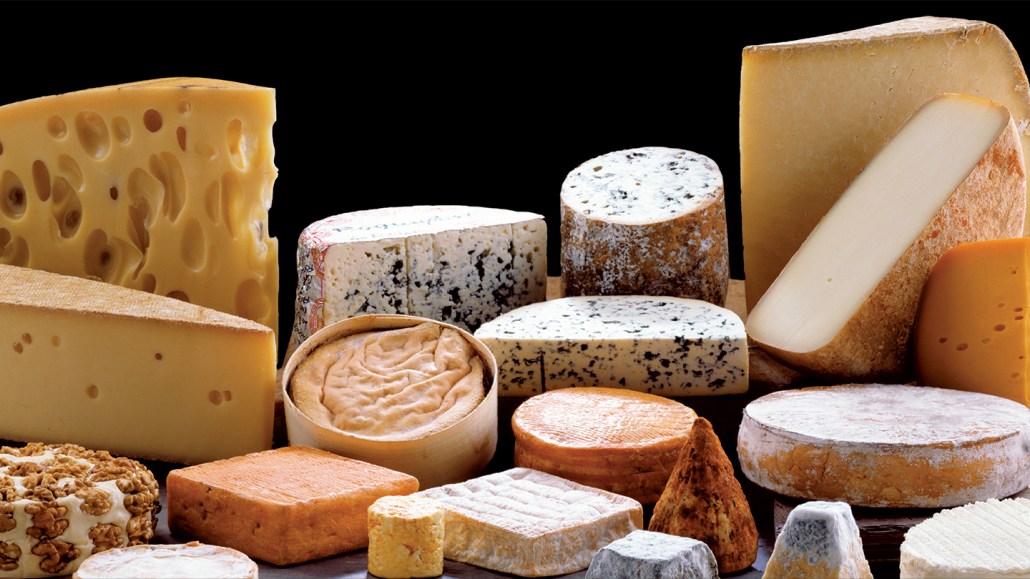Bacteria give some cheeses their distinct flavors
Compounds that these microbes make can give cheese a fruity, musty or oniony taste

Bacteria that colonize cheeses as they ripen help shape the flavors that develop. Scientists are now linking types of bacteria to specific flavor molecules.
Alain Muriot/Getty Images
Share this:
- Share via email (Opens in new window) Email
- Click to share on Facebook (Opens in new window) Facebook
- Click to share on X (Opens in new window) X
- Click to share on Pinterest (Opens in new window) Pinterest
- Click to share on Reddit (Opens in new window) Reddit
- Share to Google Classroom (Opens in new window) Google Classroom
- Click to print (Opens in new window) Print
People have been making cheese for millennia. Worldwide, there are more than 1,000 varieties of cheese. Each has a characteristic flavor. Parmesan tastes fruity or nutty. Cheddar is buttery. Brie and Camembert are a bit musty. But what exactly gives each cheese its particular flavor? That’s been a bit of a mystery. Now, scientists have pinned down specific types of bacteria that produce some of cheese’s flavor compounds.
Morio Ishikawa is a food microbiologist. He works at Tokyo University of Agriculture in Japan. He’s been seeking to link various flavor molecules to specific types of bacteria. What his team has just learned could help cheese makers more precisely tweak cheese flavor profiles, he says. They could design products to better match consumer preferences. They might even develop new cheese flavors. The researchers shared their new findings November 10 in Microbiology Spectrum.
The flavor of a cheese depends on many factors. First, there’s the type of milk used. Starter bacteria are added to help create the fermented dairy delight. Then, whole communities of microbes move in as the cheese ripens. These, too, play a role in developing flavor.
Ishikawa likens these microbe communities to an orchestra. “We can perceive the tones played by the orchestra of cheese as a harmony,” he says. “But we do not know what instruments each of them is responsible for.”
Ishikawa’s group has studied many types of surface mold–ripened cheeses. They’ve looked at cheeses made from pasteurized and raw cow milk. Some were made in Japan, others in France. The researchers used genetic analysis as well as tools such as gas chromatography and mass spectrometry. These methods helped them identify bacteria and flavor compounds in the cheeses.
The new study sought to directly link individual bacteria to specific flavor compounds. The team seeded each type of microbe onto its own unripe sample of cheese. Over the next three weeks, the researchers observed how flavor compounds in the cheeses changed.
The microbes produced an array of esters, ketones and sulfur compounds. These are known to impart fruity, moldy and oniony flavors to cheese. One genus of microbes — Pseudoalteromonas (Soo-doh-AWL-teh-roh-MOH-nahs) — produced the greatest number of flavor compounds. Originally from the sea, this microbe has turned up in many types of cheese.
The findings could help perfect popular cheeses, Ishikawa says. And, he adds, perhaps cheese makers will learn from the findings to craft new orchestras — ones with rich new harmonies.







